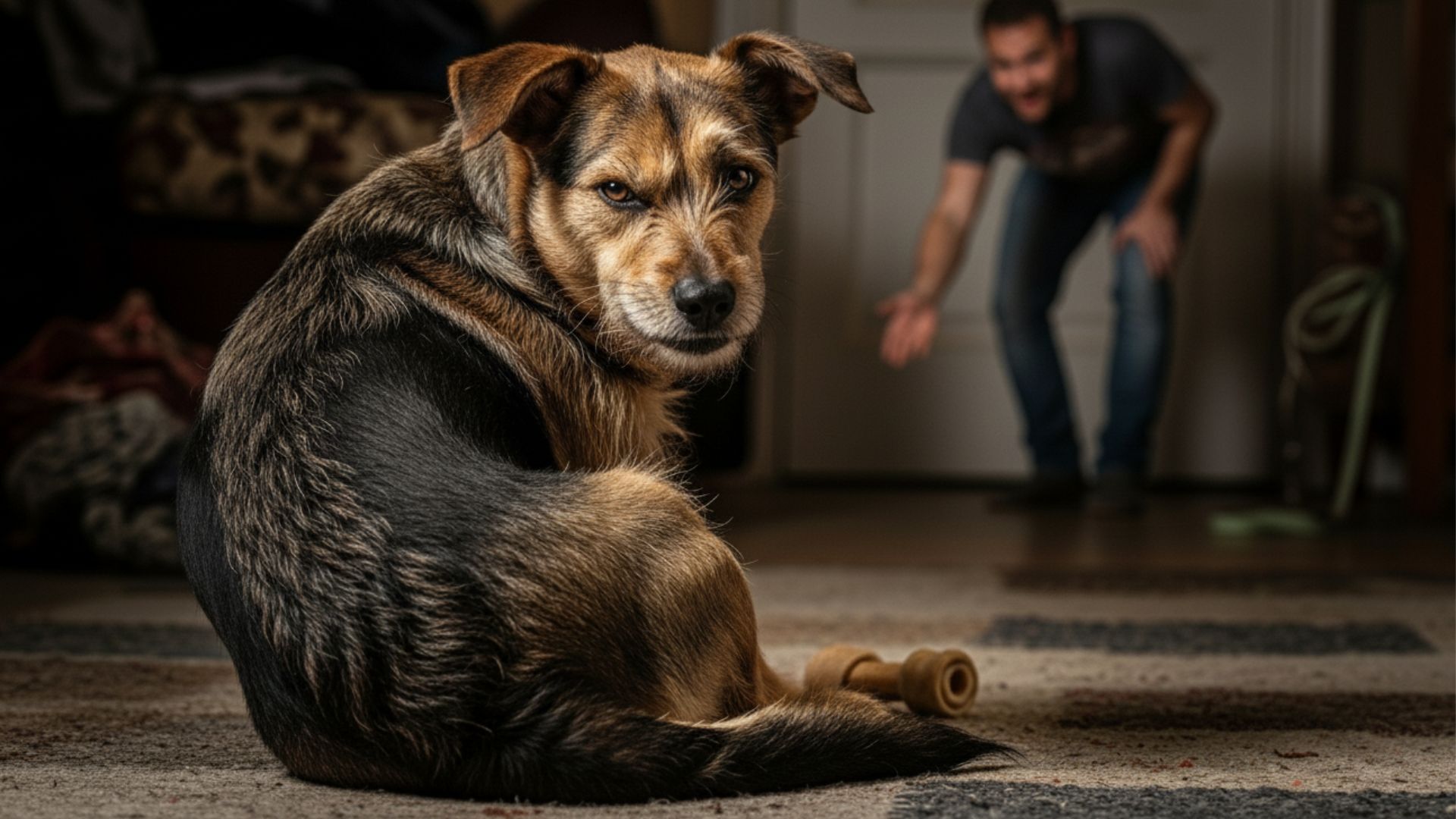They say every dog has its day—unless it’s one of the breeds that would rather watch from across the room. According to a 2024 Forbes survey of dog owners, about 4 % of dogs were rated “somewhat or very unfriendly.”
So what’s going on with these aloof canines? It’s not just bad manners—they’ve often been bred for independence, guarding, or selective affection.
Don’t get me wrong: they can love you (sometimes), but they’re not exactly handing out belly rubs to strangers. Their reputation for standoffishness is well earned.
Before you adopt one expecting endless cuddles, know that early socialization and clear boundaries are non-negotiable.
Ready to meet the introverts of the dog world? Buckle up: you’re about to learn why “popular” doesn’t always mean “friendly.”
Popular Dog Breeds Not Always Friendly
1. Chihuahua
Ah yes, the Chihuahua: a four-pound monarch trapped in a dog’s body. Their not-so-friendly rep often comes from being spoiled like royalty, which encourages them to believe they’re above the rules. Small dog syndrome? Oh, they invented it.
PDSA adds that this breed hails from Mexico, where it was once a sacred companion of the Toltec and Aztec civilizations.
Despite their size, Chihuahuas have a fiery spirit, intense loyalty, and an attitude that often says, “I run this house.” They adore their humans, but strangers may want to keep their distance.
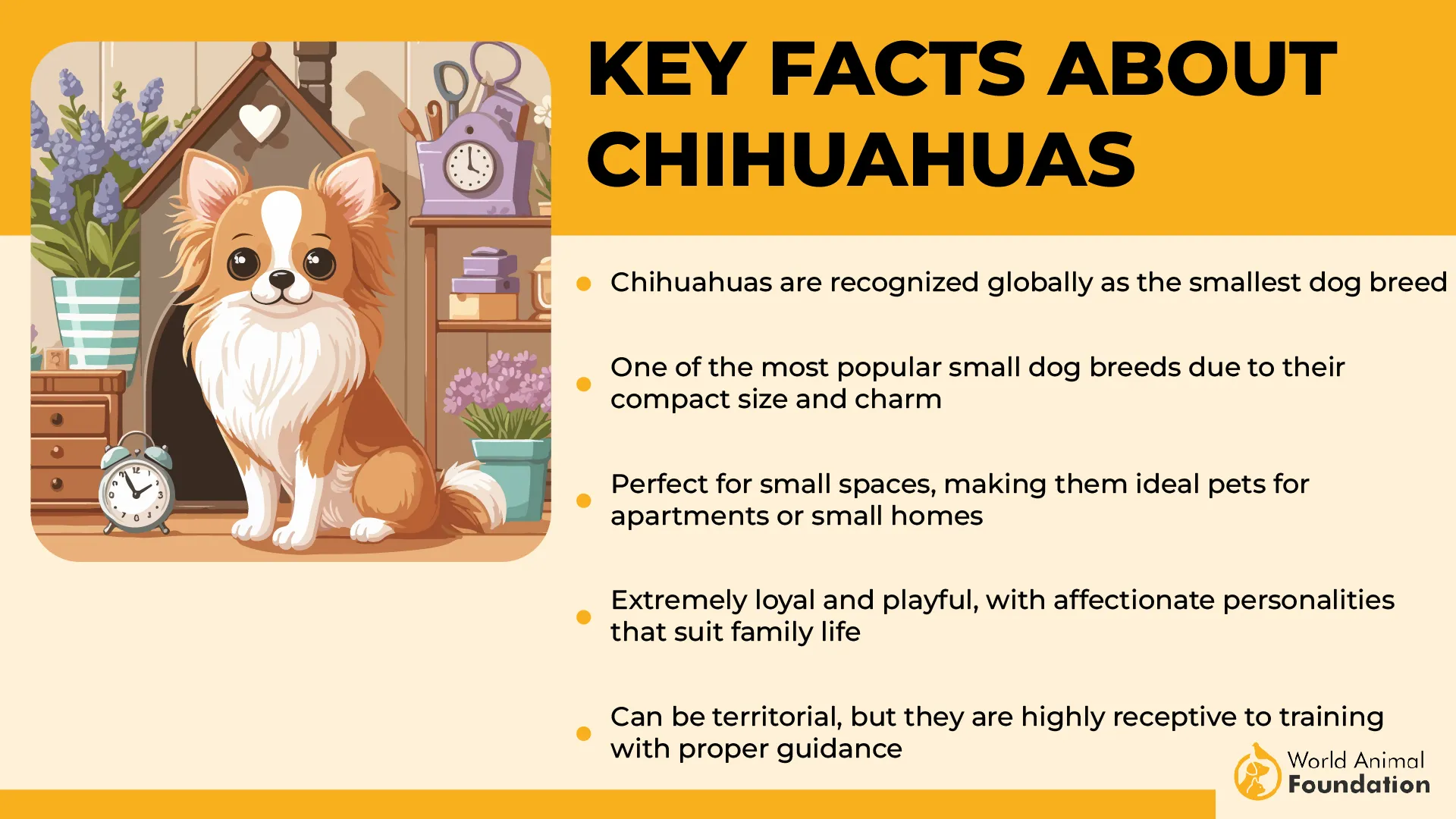
Quick Facts:
Origin: Mexico
Training: Needs structure, avoids coddling
Energy: Moderate, with bursts of zoomies
Exercise: Short walks and enrichment toys
Owner tip: socialize early and resist the urge to carry them everywhere. Treat them like a dog, not a purse accessory, and they’ll reward you with sass and surprising courage.
2. Dalmatian
Sure, they starred in a Disney classic—but real life with a Dalmatian is no fairy tale. This breed is notorious for aloofness, sensitivity, and the occasional aggressive streak if not properly socialized. Their stunning looks hide a dog that doesn’t hand out cuddles like candy.
PetMD notes that historically, Dalmatians were carriage dogs in Croatia, guarding horses and property. That heritage explains their alert, protective, and sometimes suspicious nature. They’re athletic, intelligent, and fiercely loyal, but they also have a stubborn streak a mile wide.
Quick Facts:
Origin: Croatia
Training: Consistent and firm
Energy: High, thrives on activity
Exercise: Vigorous daily runs or play
Owners should note: bored Dalmatians can become destructive, and frustrated ones can become unfriendly. They’re best suited for active households that appreciate their independence and can channel their boundless energy.
3. Shiba Inu
The Shiba Inu is basically the cat of the dog world: charming, aloof, and very aware of their personal space. Don’t expect tail-wagging enthusiasm for every stranger—they prefer to decide who’s worthy of their attention.
AKC says that originally bred in Japan for hunting small game, Shibas are alert, confident, and notoriously stubborn. They’re clean, fastidious, and independent, which makes them lovable—but not necessarily cuddly. That signature “Shiba scream” when displeased? Consider yourself warned.
Quick Facts:
Origin: Japan
Training: Requires patience and creativity
Energy: Moderate, but loves bursts of play
Exercise: Daily walks + mental challenges
This breed thrives with owners who respect boundaries. If you want a dog that sticks like Velcro, look elsewhere. But if you admire self-reliance and dignity in a canine roommate, the Shiba delivers in style.
4. Chow Chow
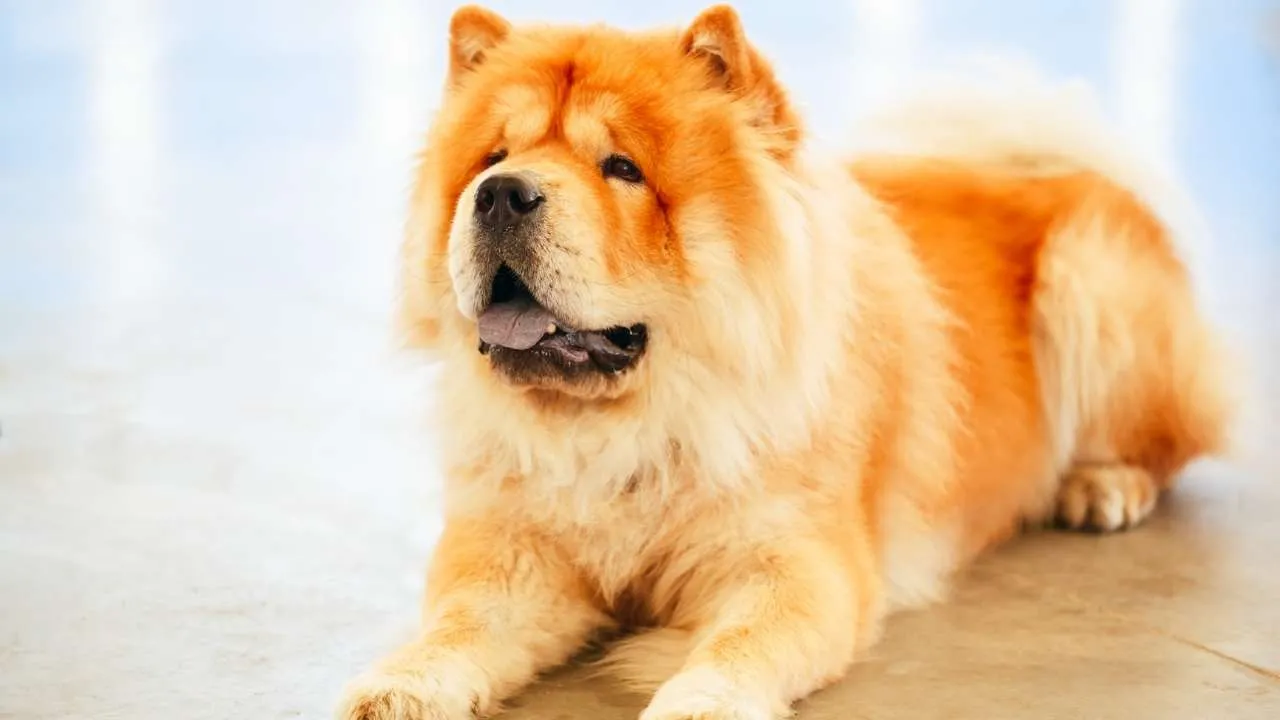
If looks could kill, the Chow Chow would be a serial heartbreaker. With their lion-like mane and teddy-bear appeal, they seem huggable—until you discover their cold, cat-like personality. These dogs are more likely to guard the house than cuddle on the couch.
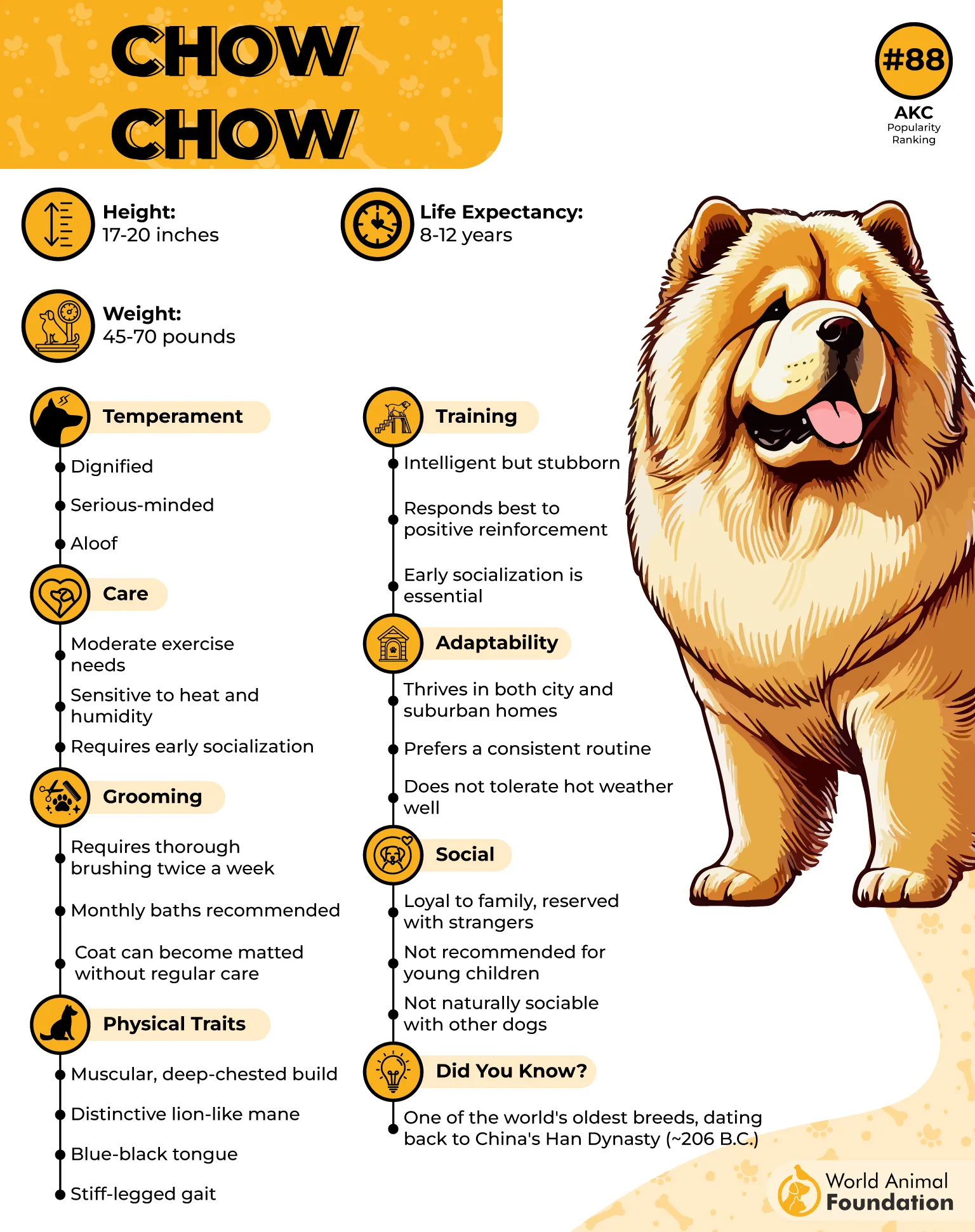
Chow Chows originate from ancient China, where they were prized as guard and hunting dogs. Their dignified, independent temperament hasn’t changed much in centuries. They bond deeply with family but are naturally wary of strangers, often coming across as aloof or even standoffish.
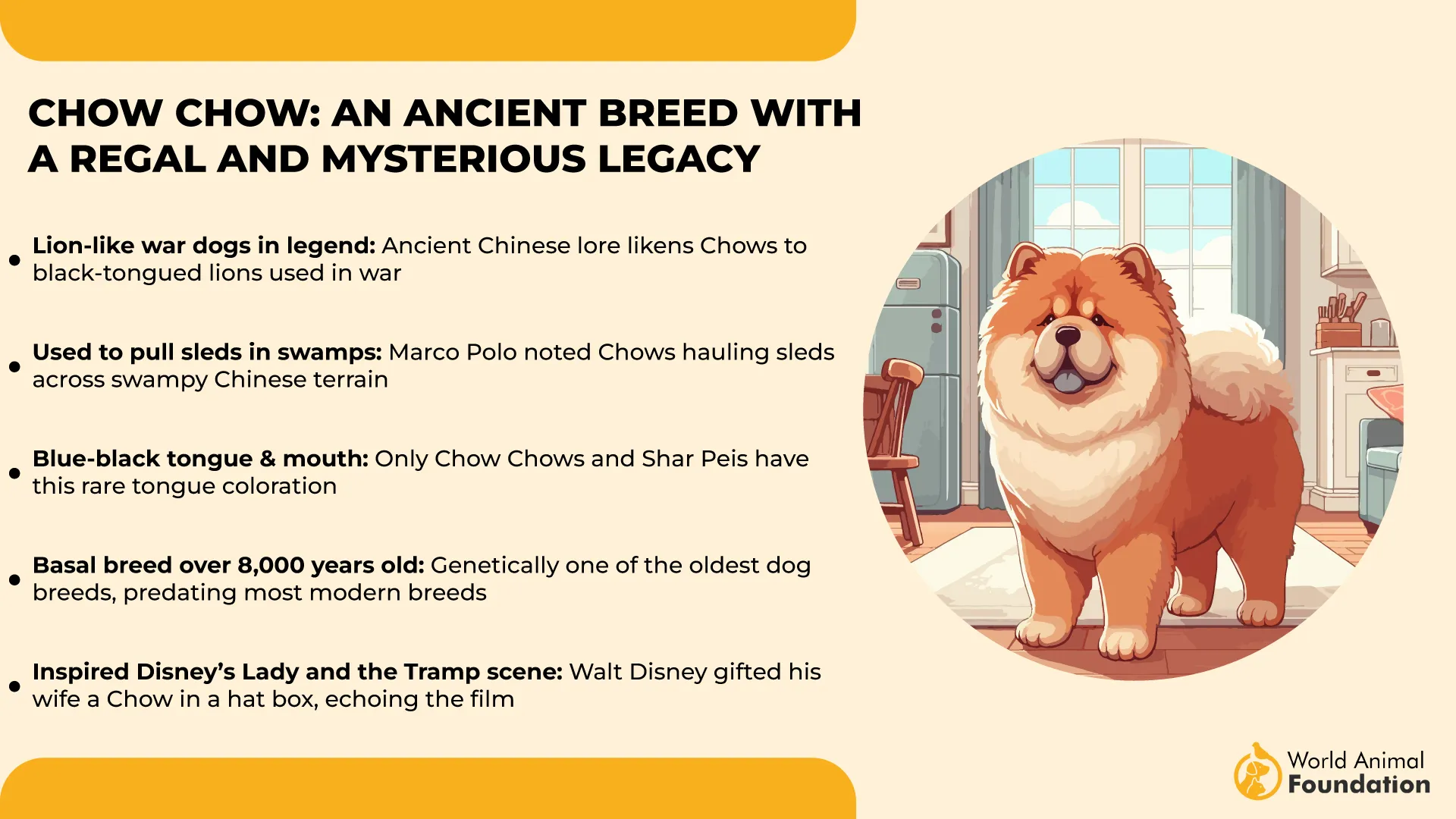
Quick Facts:
Origin: China
Training: Needs strong leadership
Energy: Moderate, but stubborn about activity
Exercise: Daily walks, nothing excessive
For owners, the key is respect and boundaries. A Chow Chow doesn’t beg for affection—it demands to be treated as an equal. Socialize them early, or you may end up with a gorgeous, furry landlord instead of a pet.
5. Afghan Hound
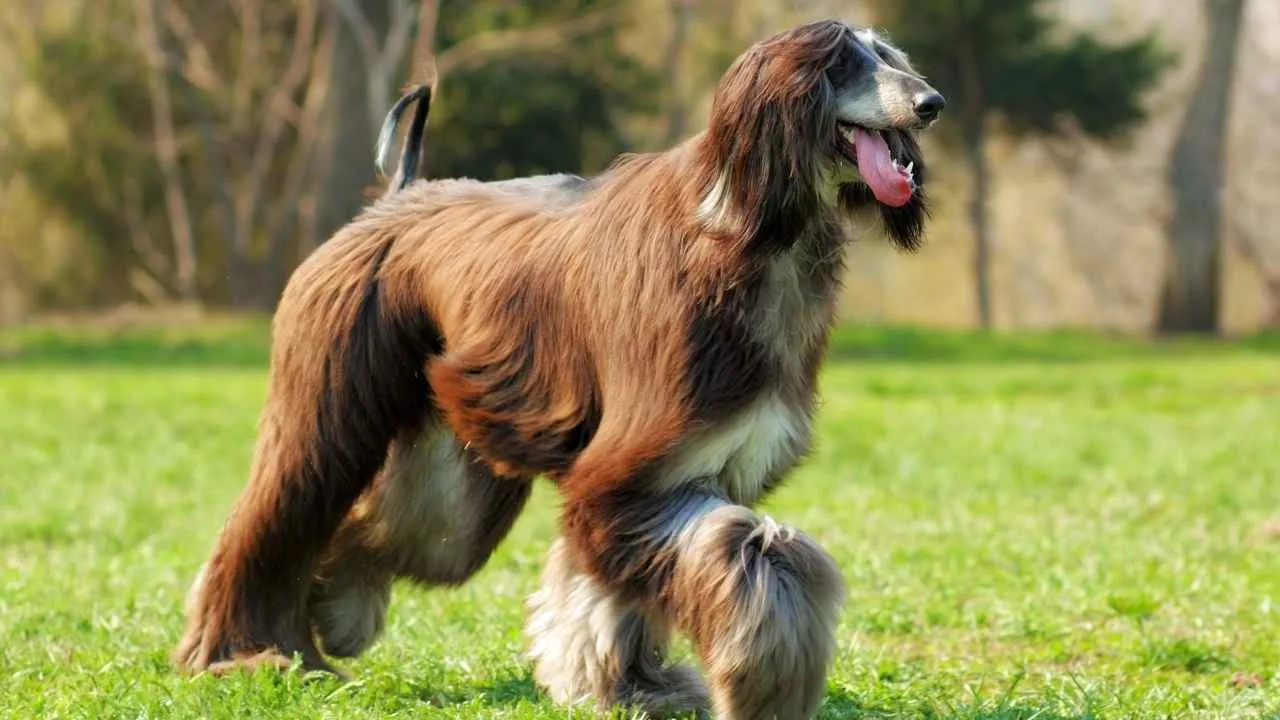
The Afghan Hound: glamorous, silky, and about as emotionally available as a fashion model on a runway. Their aloofness isn’t personal—it’s just how they’re wired. They’re friendly… in the same way a celebrity might wave at you from a limo.
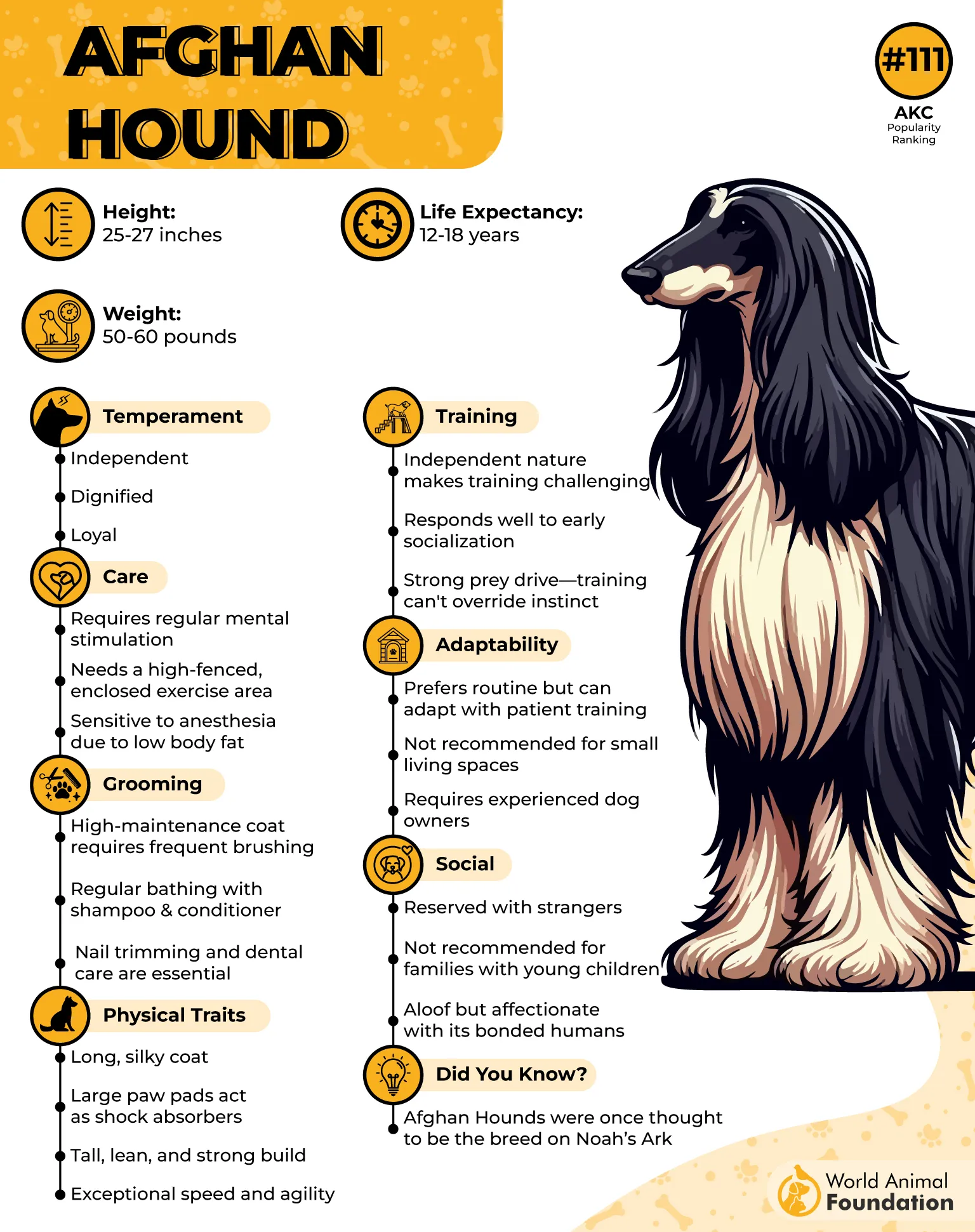
Bred in Afghanistan’s rugged mountains, these dogs excelled at hunting with speed and independence. Their striking beauty and elegance are matched by a temperament that values freedom and space. Affection exists, but it’s usually subtle and selective.
Quick Facts:
Origin: Afghanistan
Training: Needs patience; easily bored
Energy: High, loves to run
Exercise: Large spaces for sprinting
Owners should embrace the mystery. An Afghan won’t shower you with constant love, but when they choose to lean against you or offer a quiet nuzzle, it feels like winning a rare prize.
6. Basenji
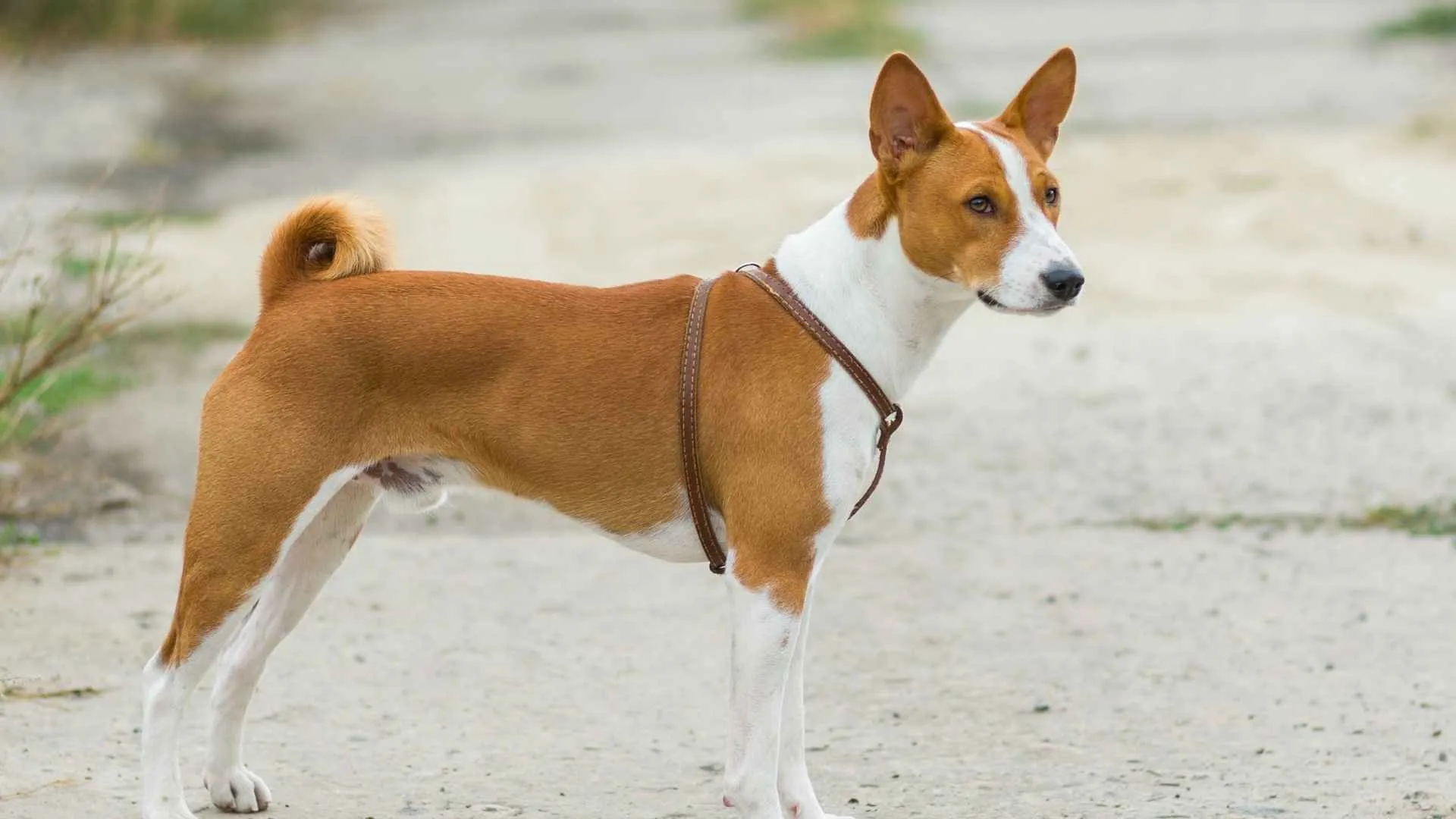
The Basenji might be known as the “barkless dog,” but don’t mistake silence for sweetness. This independent soul has a mischievous streak and a preference for doing things their way. They’re less “lap dog” and more “roommate with questionable habits.”
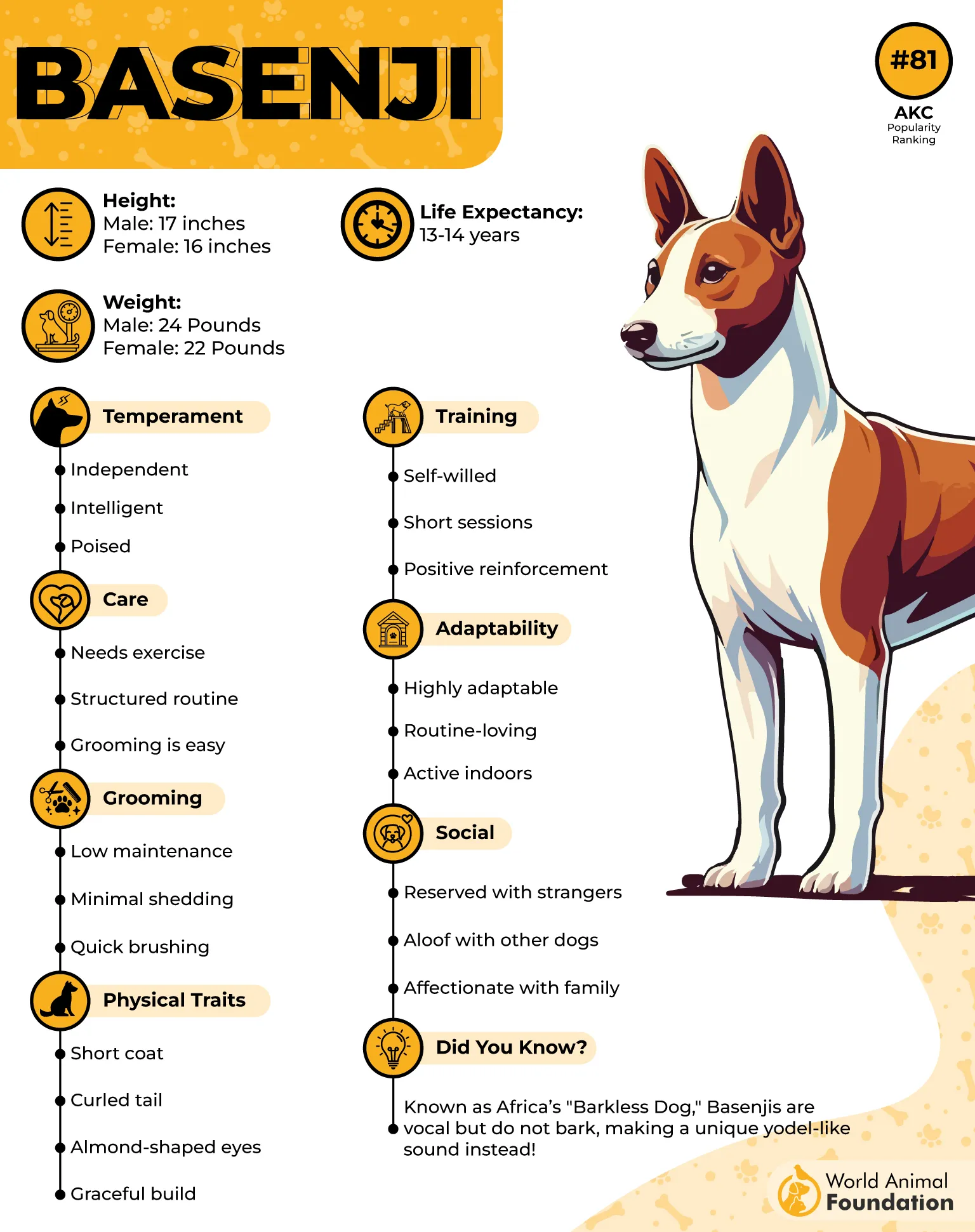
Originating in Central Africa, Basenjis were bred as hunters and companions for tribes. They’re intelligent, athletic, and clean—almost cat-like in their grooming. Instead of barking, they yodel, adding to their quirky charm.
Quick Facts:
Origin: Central Africa
Training: Tricky; requires creativity
Energy: High, loves puzzles and games
Exercise: Daily runs, mentally stimulating play
Owners should know: Basenjis dislike being told what to do. If you want a people-pleaser, look elsewhere. But if you enjoy clever, quirky dogs with an attitude, the Basenji delivers endless amusement.
7. Alaskan Malamute
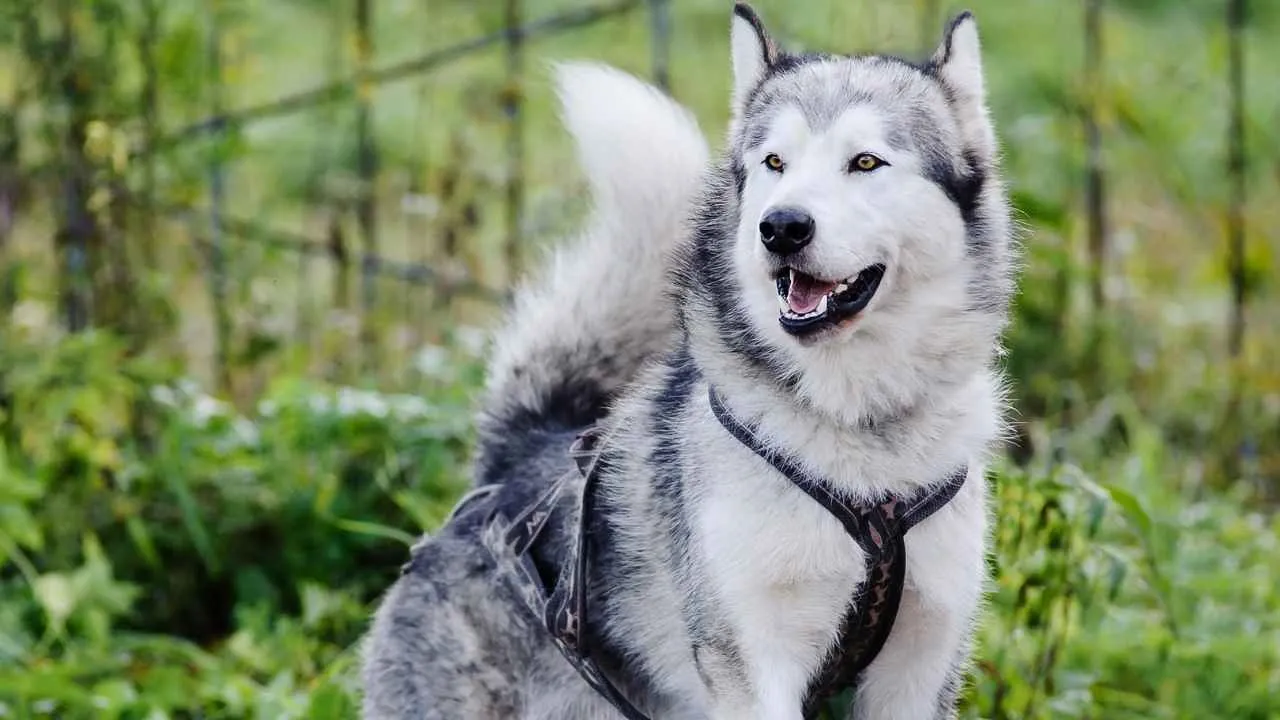
The Alaskan Malamute looks like a cuddly snow giant—but don’t expect endless kisses. They’re independent, stubborn, and sometimes too strong-willed for first-time owners. Their size and power can make them intimidating when their mood turns frosty.
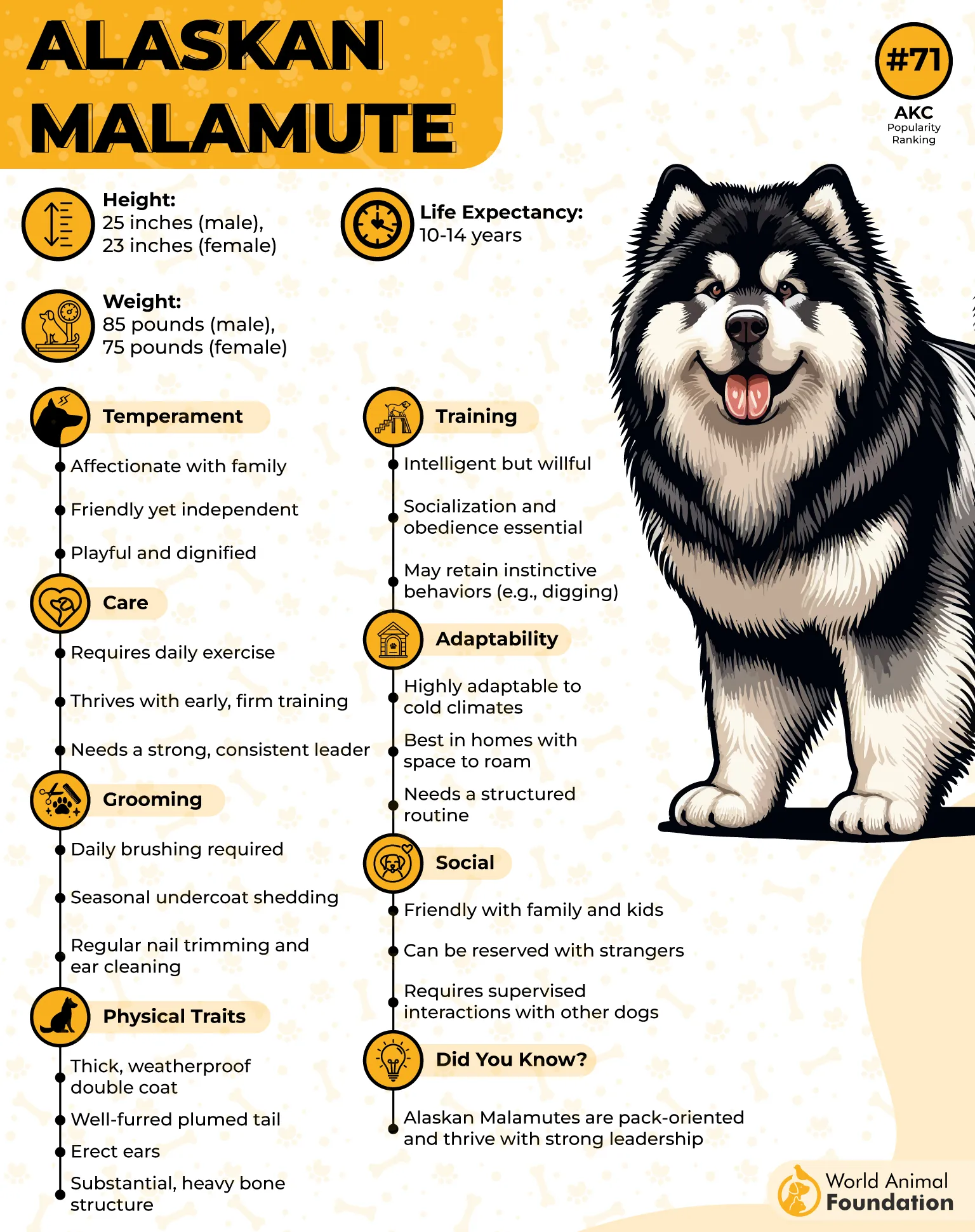
Developed by the Inuit for hauling heavy sleds, Malamutes are built for endurance, teamwork, and survival. They’re affectionate with family but have strong pack instincts that sometimes clash with household rules. They also have a notorious prey drive.
Quick Facts:
Origin: Alaska, USA
Training: Demands consistency and leadership
Energy: Very high
Exercise: Hours of daily activity
For owners, Malamutes are a full-time lifestyle. Without serious commitment to exercise and socialization, you’ll have a 100-pound rebel on your hands. In the right setting, though, they’re loyal and majestic companions.
FAQs
1. Why are some popular dog breeds less friendly by nature?
Some popular dog breeds are less friendly by nature because genetics and history play a role. Many breeds were developed for guarding, hunting, or independence—not for being your kid’s teddy bear.
2. Can training make less-friendly breeds more sociable?
Absolutely. Early socialization, consistency, and mental stimulation can shape behavior, though don’t expect a Chow Chow to act like a Golden Retriever suddenly.
3. How do I handle a popular breed that’s unfriendly toward other dogs?
Controlled introductions, firm boundaries, and patience are key. Think “slow dating,” not a chaotic dog park free-for-all.
4. Do less-friendly breeds still make loyal companions?
Yes! Many are deeply loyal to their families. They may not greet strangers warmly, but at home, they can be the most affectionate animals you’ll ever meet.
5. How should first-time owners handle dogs that are not naturally social?
Start young, use positive reinforcement, and don’t be afraid to call in a professional trainer. Some breeds simply require more work to accept the world.
Conclusion
Even the most popular dog breeds can surprise us—some with warm cuddles, others with an imposing size and behavior that’s harder to accept. Research shows breed temperament is often influenced as much by training as by nature.
Friendly dog breeds like the Labrador Retriever, Golden Retriever, or French Bulldog tend to shine with kids, while calm companions such as Cavalier King Charles Spaniels or Bernese Mountain Dogs rarely fall out of favor. Mental stimulation from a young age is always crucial.
Whether you admire the great strength of a Rottweiler, the herding instincts of an Australian Shepherd, or the deeply loyal Boxer, potential dog owners should search with care. Choosing animals isn’t just about data or AKC’s rankings—it’s about finding the most suitable match for your life.


